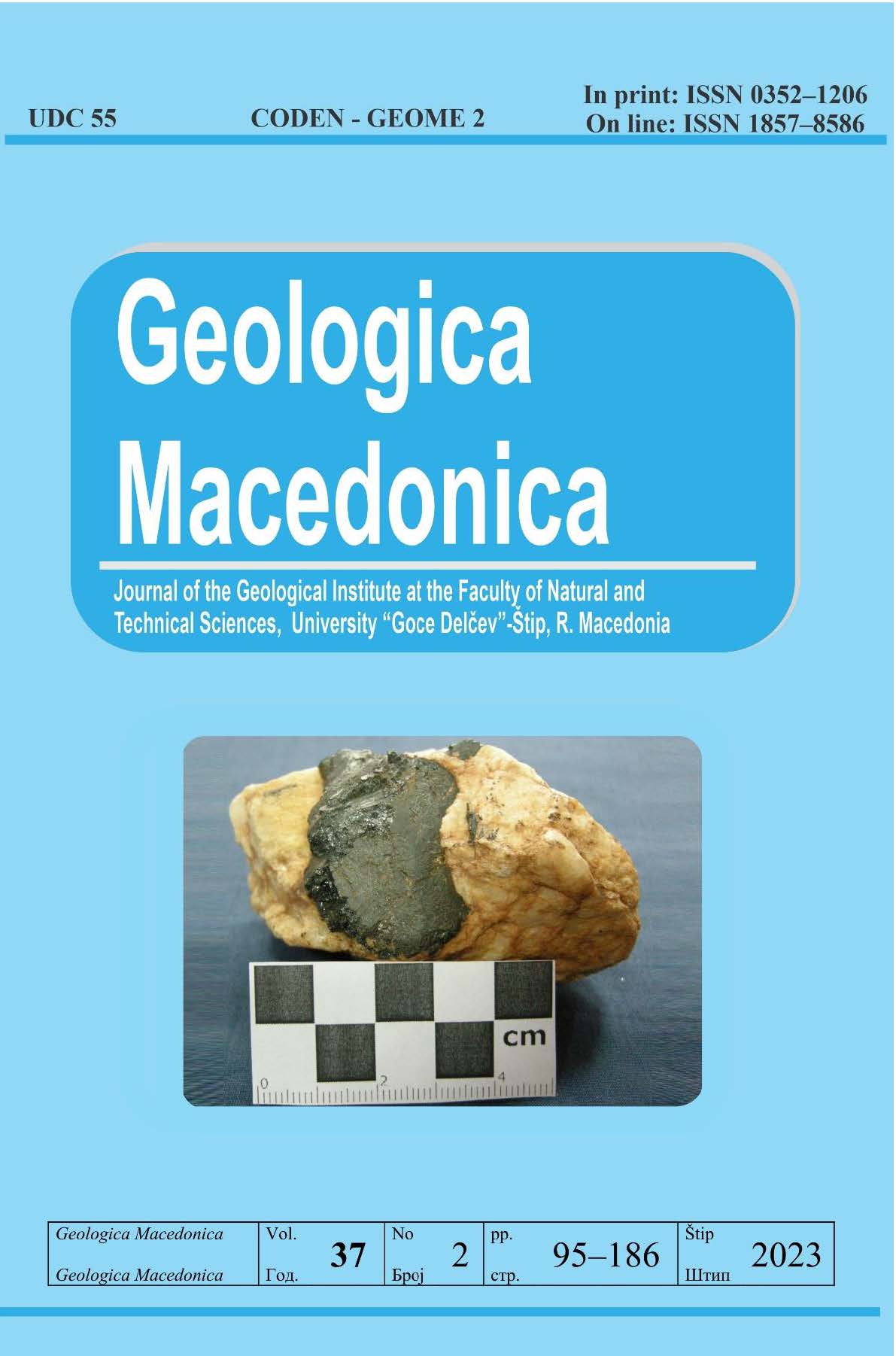COMPARISON BETWEEN TRADITIONAL AND CONTEMPORARY METHODS FOR DATA RECORDING IN STRUCTURAL GEOLOGY
DOI:
https://doi.org/10.46763/GEOL23372119iKeywords:
compass; LiDAR; SfM; point cloud; strike; dip; iPhoneAbstract
3D modeling has become a favored way of analyzing 3D data, where users can collect more data with high accuracy in less time than other surveying methods. Technologies capable of providing 3D data such as Terrestrial Laser Scanners (TLS) are often expensive; thus, encouraging users to seek affordable alternatives while achieving the desired accuracies. Characterization of a rock mass requires data from the intact rock along with the discontinuities. The geometrical analysis of the surface enables the calculation of the parameters to characterize the discontinuities and receive other geological and geotechnical data. Remote sensing techniques, such as Terrestrial Laser Scanning (TLS) and Structure from Motion (SfM) technique, provide 3D point clouds that enable the geometrical analysis. The scientific community has been testing both techniques since the 2000s, and companies are introducing their use in their workflows. Today, mobile phones are becoming more capable of 3D modeling, and the most recent iPhone 12/13/14 Pro and iPad Pro provide an integrated LiDAR sensor. In this paper, we explore the digitalization of a rocky slope via the SfM technique generated using drone surveying and via iPhone-13 pro as a comparison to the “old school” data collected from the compass survey. The target of this work is one outcrop of Mica-schist in the north-east part of Macedonia. To capture the surface, compass surveying is used, SfM drone imaging, and two iPhone con-figurations of LiDAR scanner. The data is analyzed using Pix4D and CloudCompare software. The results of iPhone LiDAR and drone SfM scanning show a highly promising match when compared to the compass measurements.

